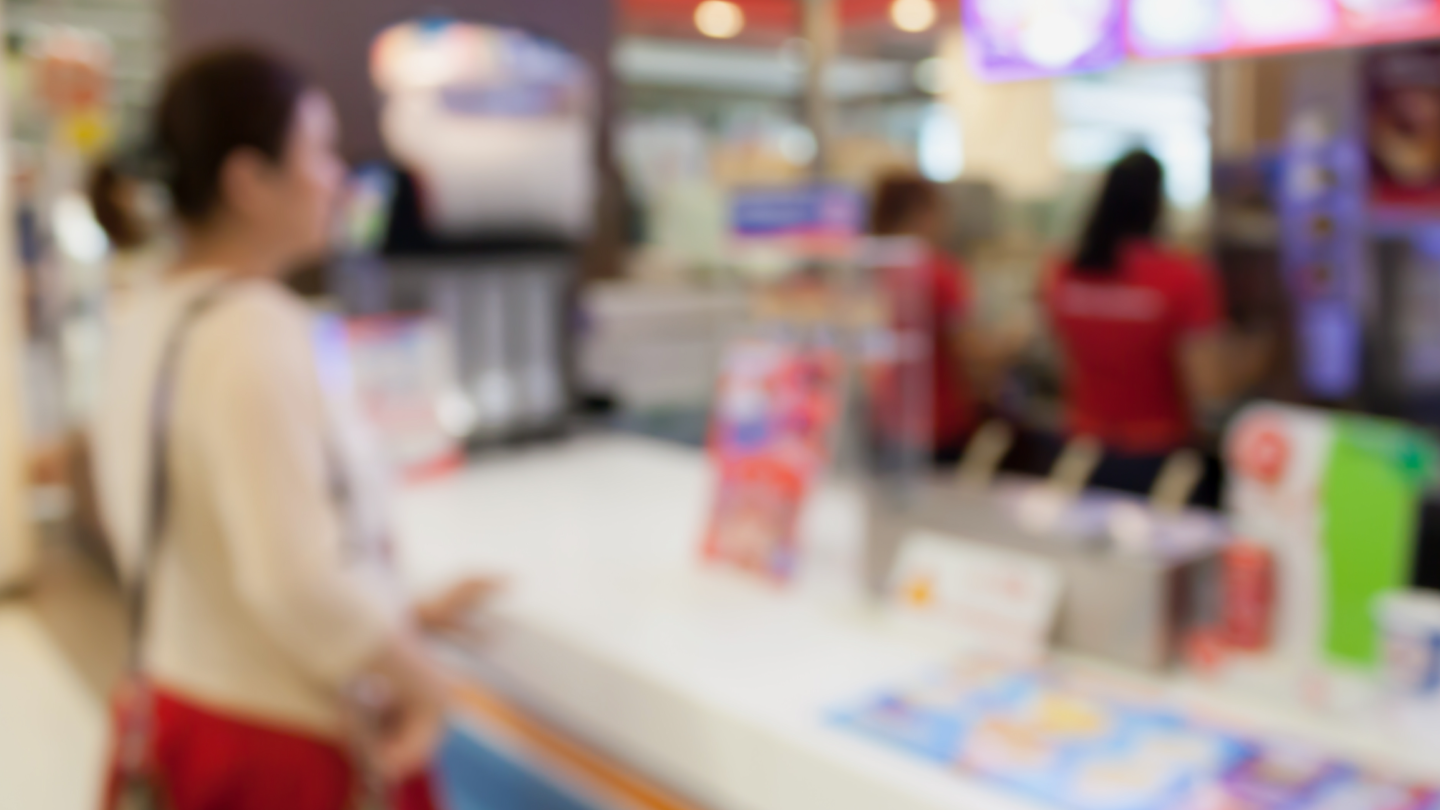Super-size Your Payment Options

According to a recent report from ICAEW, 'faster, convenient and secure are now the watchwords for the payments industry'. That sounds about right, though I would add ease of use and choice for consumers and, from the point of view of merchants, the cost of transactions.
A changing environment
In the modern world, it goes without saying that you need to accept a range of payment types, but your customers expect to be treated in the same way however they choose to pay. Digital technologies are transforming fast food outlets giving customers the option to order and pay for their food at self-service kiosks. This delivers efficiency benefits to restaurant operators and consumers. For the consumers there will be faster transactions with reduced queues while staff are able to provide improved hospitality and service levels.
The challenge with cashless solutions
In some instances, the existence of such technologies and their application to card and mobile payments has been used to further the case for cashless outlets but such arguments ignore two factors: given choice, people still like to use cash and the evidence suggests cash transactions are in fact cheaper to process. An article in business.com in November last year highlights the point that 'restaurants, particularly coffee shops and fast food outlets, receive more cash payments as 28 to 33 percent of customers prefer to use cash when visiting these establishments '.
Of course, everyone wants greater efficiencies and high levels of service, but Shake Shack's short-lived cashless experiment demonstrated the problems involved in excluding a popular means of payment. Although new payment methods are becoming more popular, attempts to move organisations into a cashless environment are still fraught with difficulty and are likely to involve a loss of potential business.
An important customer sector
The January 2018 edition of QSR highlighted the experience of a 'farm to taco' fast food restaurant, Chaia, in Washington DC. The co-founder, Bettina Stern, was asked about payments and responded by explaining how the accessibility that comes with accepting cash is fundamental to the brand values of community-oriented inclusiveness. She said "Almost 12 per cent of DC households are unbanked and another near 25 percent are under banked. That's nearly 37 percent of the District's population. Plus there are folks that don't have a credit card. We have recognised how important it is to serve all our customers."
Added to this it is important to note moves to introduce a bill preventing retailers from refusing cash payments in the state of New Jersey. In this context, the case for accepting cash is strong, but as new technologies and new self-service options are introduced it is also important to ensure that those paying with cash are not excluded from improved service delivery.
The case for cash - cost
It's true that significant numbers of people can only use cash (2.7 million in the UK, 7 percent unbanked in the US) while for others it remains the payment instrument of choice, but that's not the only reason for accepting cash transactions. The British Retail Consortium 's payments survey found that the average transaction costs to merchants of processing debit card payments is 0.24 percent of turnover, significantly higher than a cash transaction, which costs 0.15 percent of turnover on average.
A Cashless Myth
A recent Forbes article (15 May) considered the operational efficiencies that might accrue to restaurants adopting a cashless approach. These included faster processing of payments, reduced shortages from incorrect change, the elimination of employee theft, time saved preparing cash register draws and improved security. The article concluded that 'the operational benefits of the cashless business model outweigh the cost of credit card processing fees'. While such an analysis might reflect current practice at some outlets, it fails to consider how new technologies improve the efficiency and reduce the cost of processing cash payments or indeed how the cash payment option might be integral to self-order and pay kiosks.
Improving the cash payment option
Cash payments remain important to fast food outlets and they are already cheaper to process. Logic states that rather than eliminating these payments it would be beneficial to process them in the most cost-effective way possible (eliminating cash handling at the point of sale) while offering this significant group of customers the same benefits available to those paying by card.
If you ask people, what are the main inhibitors to good service, having to stand in line will normally feature high on the list and self-order and pay kiosks have been successful in reducing queues at fast food restaurants. It makes sense to extend this service to cash paying customers where possible.
Better service for all
Glory and our partners have worked together to develop a range of cash automation solutions, including self-order and pay kiosks, that deliver a consistent customer ordering and payment experience. This means that the highest levels of customer experience are available to all. Rather than being the 'odd ones out' left to queue to place their order, the important section of 'cash payers' will become more engaged and enthusiastic brand advocates. Potential benefits of the solution will include speedier throughput, increased order size, up selling and enhanced loyalty.
Cash customers form an important part of the market that cannot be ignored. Working with Glory, fast food outlets can reduce the cost of cash payments through automation and deliver the high levels of service customers have come to expect.